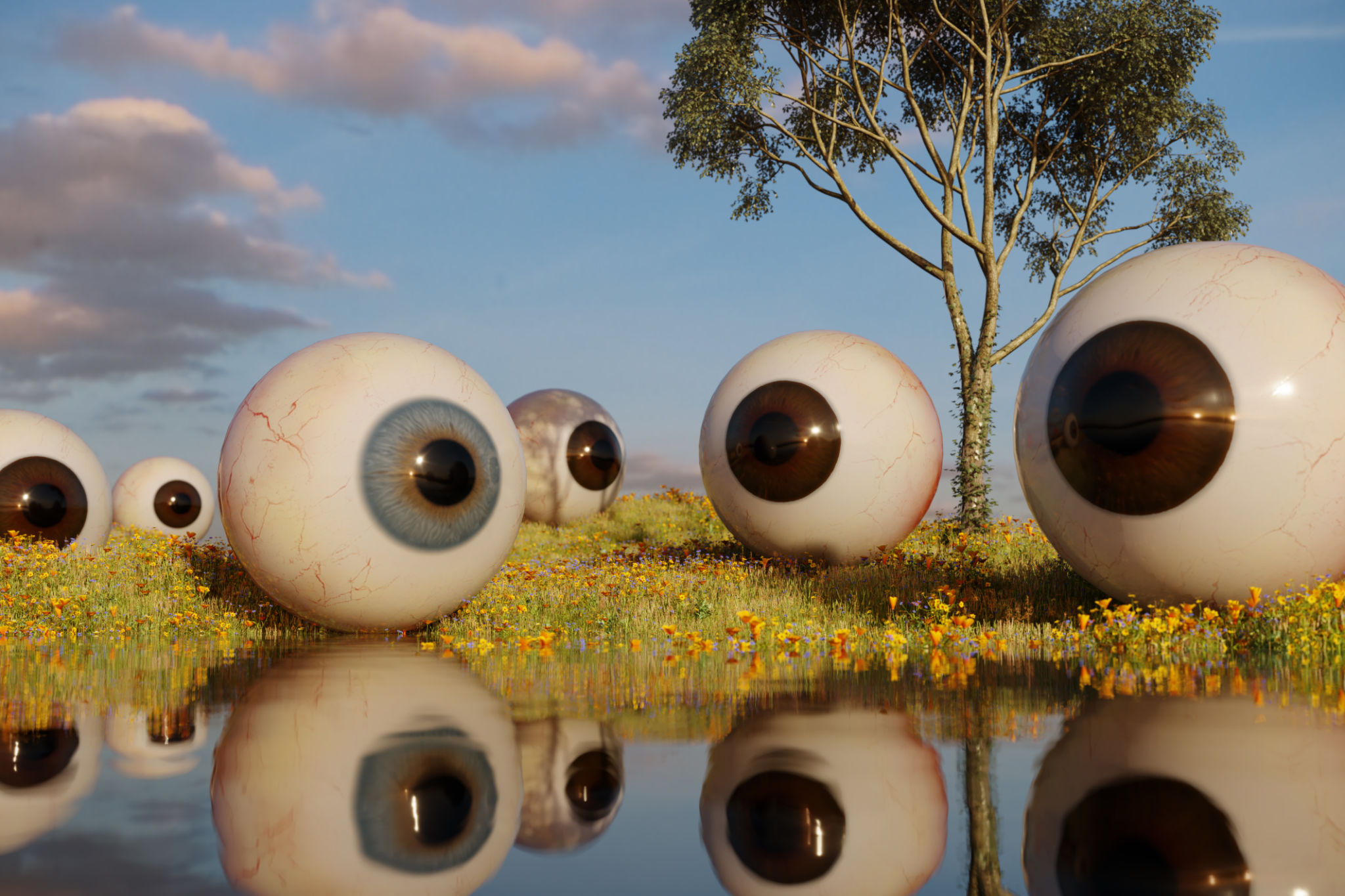Exploring the Cultural Significance of Art in the Philippines
Introduction to Art in the Philippines
The Philippines is renowned for its vibrant and diverse art scene, deeply rooted in the country's rich cultural history. From traditional crafts to contemporary masterpieces, Filipino art is a reflection of the nation’s unique identity and heritage. Art plays a crucial role in the cultural landscape, serving as a medium for expression, communication, and community engagement.

Historical Influence on Filipino Art
The history of Filipino art is a tapestry woven with influences from indigenous traditions, colonial periods, and modern innovations. Indigenous tribes across the islands have long practiced intricate weaving, pottery, and carving, each with distinct regional styles. The arrival of the Spanish in the 16th century introduced new forms and techniques, such as religious iconography and European painting styles, which have been blended into the local artistic practices.
The American colonization in the early 20th century further influenced the art scene, introducing Western education and new artistic movements. This fusion of influences has created a dynamic and evolving art landscape that continues to thrive today.
Traditional and Contemporary Crafts
Traditional crafts remain an essential part of Filipino culture, with many communities preserving age-old techniques. Weaving, for example, is a significant cultural practice, with each region in the Philippines boasting its own unique patterns and styles. The T'nalak weaving of the T'boli people and the Inabel fabric of the Ilocanos are just a few examples of this rich textile tradition.

In contrast, the contemporary art scene in the Philippines is flourishing, with artists exploring modern themes and mediums. From street art in bustling cities to avant-garde installations in galleries, contemporary Filipino artists are making their mark both locally and internationally. This blend of traditional and modern elements showcases the resilience and adaptability of Filipino culture.
The Role of Art in Society
Art is more than just aesthetic; it plays a vital role in Filipino society by addressing social issues and fostering community connections. Many Filipino artists use their work to comment on political and social challenges, using art as a platform for advocacy and change. This engagement highlights the power of art to influence public discourse and inspire collective action.

Moreover, art in the Philippines is often a communal activity, bringing people together through festivals, workshops, and exhibitions. These events celebrate cultural heritage and encourage dialogue, strengthening the bonds within communities and across regions.
Conclusion: Art as a Cultural Pillar
In the Philippines, art is a reflection of the nation's soul, capturing its history, struggles, and aspirations. The cultural significance of art extends beyond its visual appeal, embedding itself into the social fabric of Filipino life. As the country continues to evolve, so too will its art, remaining a vital pillar of cultural identity and expression.
Whether through preserving traditional crafts or embracing contemporary innovations, Filipino art continues to enrich the cultural landscape, offering a window into the nation's heart and spirit.
